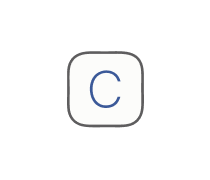Data Types In C
- ISO/IEC 9899
- ANSI C
2.
You may optionally provide this to label your report, leaderboard, or certificate.
×
Thank you for your feedback!
















